Travel 'facts' that are actually far from the truth
Fact or fiction?

Deyan Denchev/Shutterstock
We're lucky to live in a world where access to endless information is just a click away but sometimes the facts we learn turn out to be nothing more than fiction. From misconceptions about countries to mind-bending geography and heated debates about landmarks, some myths need to be busted.
Read on as we take a look at 24 travel 'facts' that are very far from the truth...
It never snows in the Sahara Desert
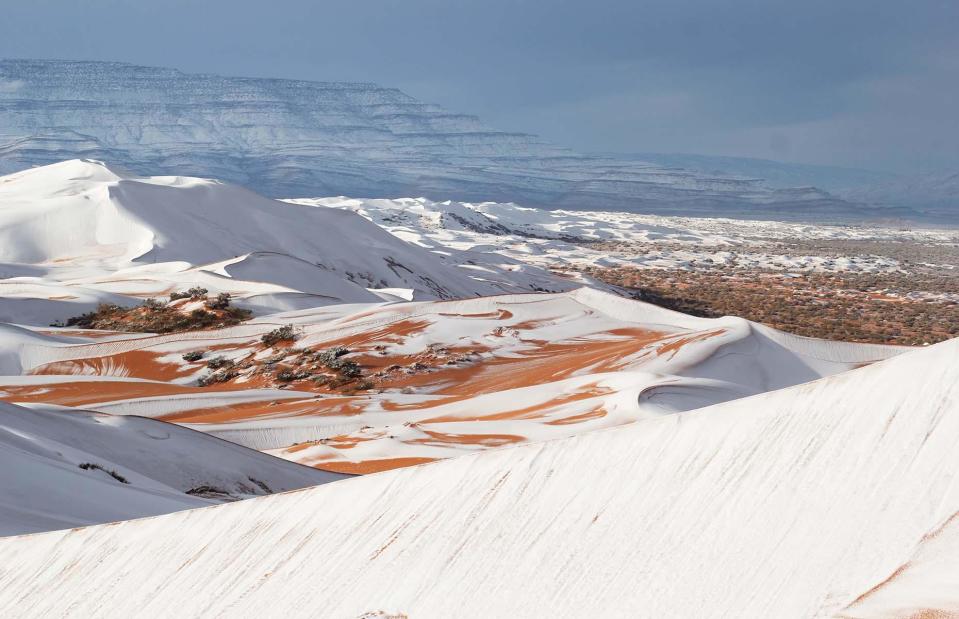
derdour rachid/Shutterstock
One of the Earth's hottest and driest places, the Sahara Desert might not seem like a likely spot for a bit of snowfall. However, the near-impossible has actually happened a few times.
The first record snowfall was in 1979 – the snowstorm lasted around half an hour. Most recently, it happened in 2022, when the desert region of Ain Sefra in northwest Algeria was covered in snow and ice.
Egypt has the most pyramids
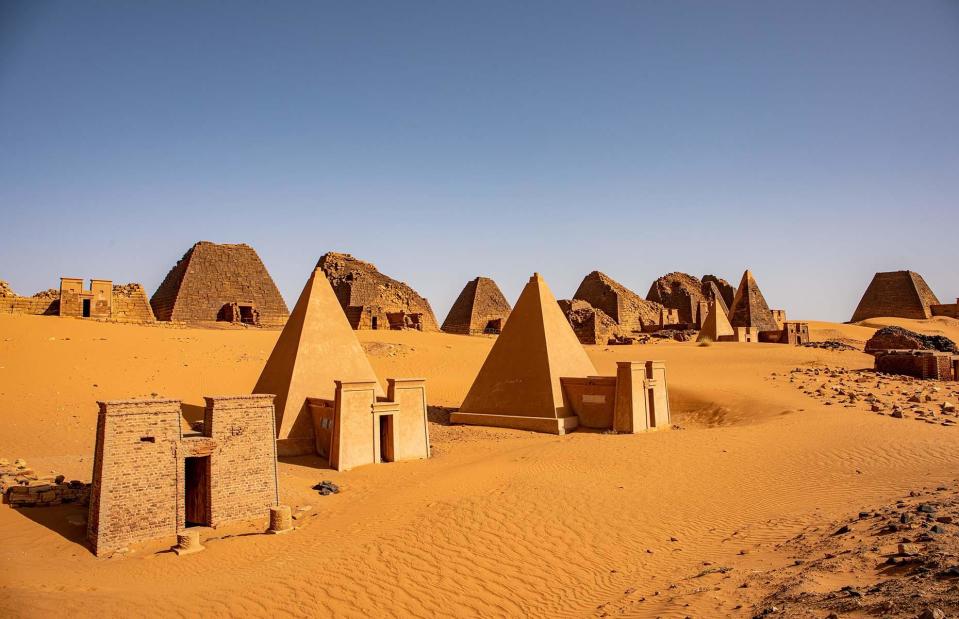
evenfh/Shutterstock
Egypt might be famous for its pyramids and the ancient history surrounding them but it's actually Sudan that has the most. There are more than 220 pyramids – around twice as many as in Egypt – in the Sudanese region of Nubia.
And if you think the name sounds familiar, that's because it was actually part of the Egyptian Empire for centuries. Several of Ancient Egypt's pharaohs were also of Nubian descent.
Uluru is Australia's biggest rock
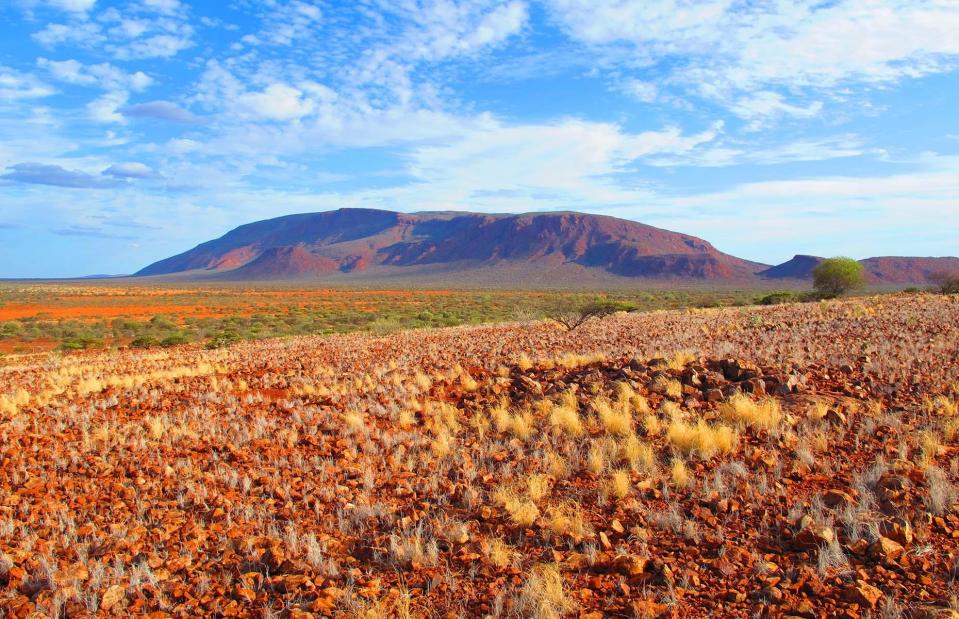
Marc Witte/Shutterstock
Uluru, or Ayers Rock, is well known as one of Australia's most significant landmarks. Rising higher than the Eiffel Tower, Uluru can actually be seen from space so you might be surprised to find there's actually an even bigger rock.
Monumental Mount Augustus in Western Australia is twice the size of Uluru, rising 3,625 feet (1,105m) above sea level and covering an area of 18.5 square miles (48sq km). However, it's still disputed whether this is the world's largest single rock as Mount Augustus may be composed of many layers of sand and gravel rather than a single rock.
San Francisco has the steepest street in the world

Deyan Denchev/Shutterstock
We all know the iconic images of San Francisco's Lombard Street winding down the steep slope, but it's not even the steepest street in the city (that's Filbert Street). The current world's steepest street record holder is Baldwin Street in Dunedin, New Zealand.
The street lies at a gradient of 34.8% and rises from 90 feet (27m) above sea level at its bottom to 330 feet (100m) at the top.
The Great Wall of China can be seen from space
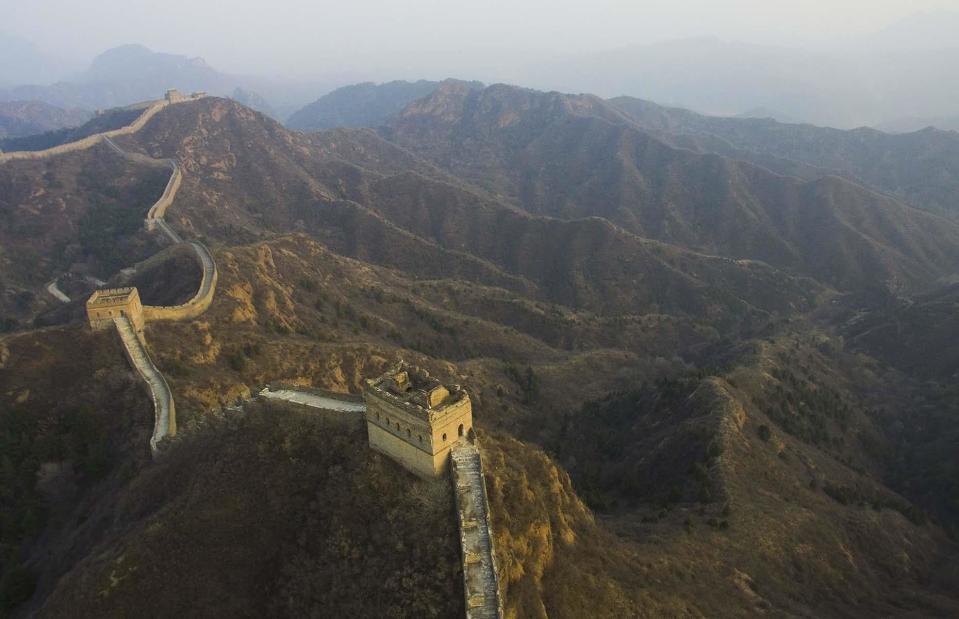
LIUSHENGFILM/Shutterstock
A common belief, this 'fact' is nothing more than a space-based myth. The fact was disproved by a Chinese astronaut Yang Liwei, who confirmed in 2003 that the historic structure couldn't be seen from the International Space Station, let alone the Moon.
It's thought that because the wall follows the natural contours and colours of the surrounding landscape, it's impossible to see it with the naked eye.
Toronto is the capital of Canada
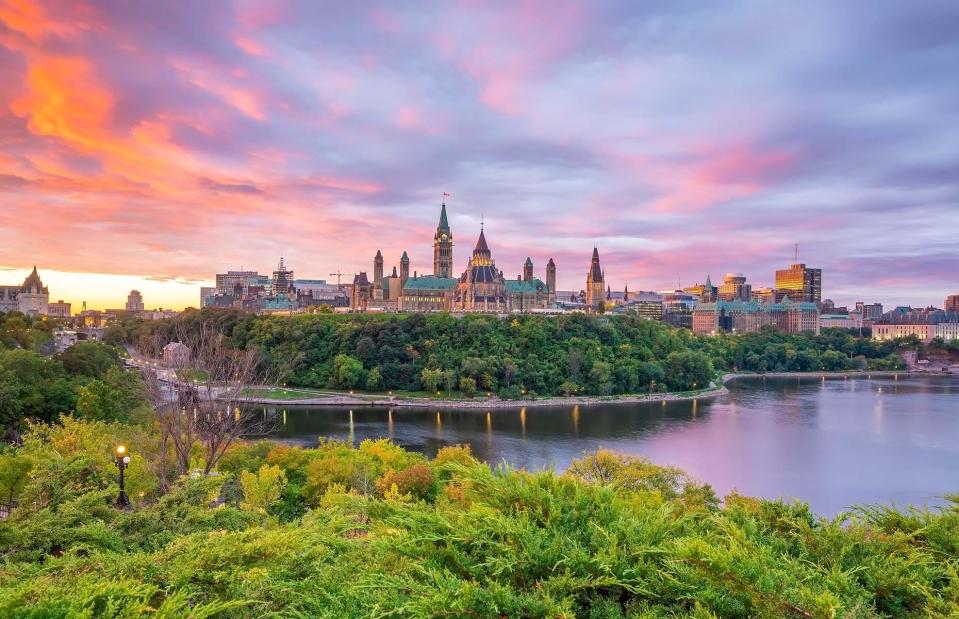
f11photo/Shutterstock
As Canada's largest and most populous city, Toronto might seem like a likely candidate for the honour of the capital city. In fact, a Washington Post poll showed that 73% of Americans were sure about Toronto as the Canadian capital.
In reality, it's only the provincial capital of Ontario and the true capital lies some 280 miles (450km) away. Ottawa earned the official title in 1866.
The Statue of Liberty is in New York
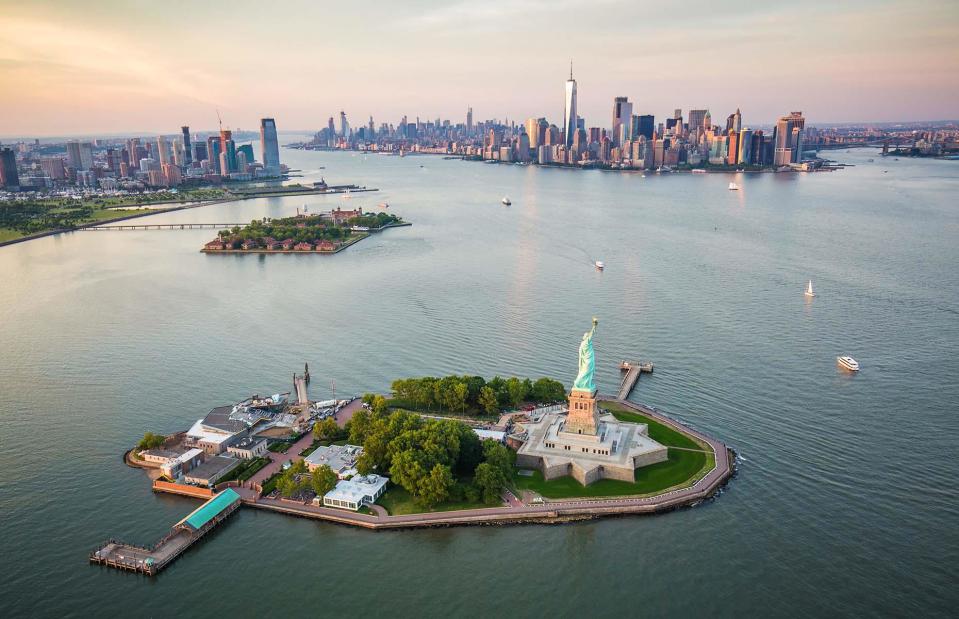
Photo Spirit/Shutterstock
It kind of is... and isn't. The statue is officially recognised as a National Monument under the state of New York, however, the island itself (as well as Ellis Island) reside in the waters of New Jersey. To complicate things further, New York has had jurisdiction over the two islands since 1834, with New Jersey ruling the water surrounding the islands.
When both islands were artificially expanded, a 1987 ruling split Ellis Island between the states, while there's still been no court ruling over Liberty Island.
Buckingham Palace is the official residence of the King
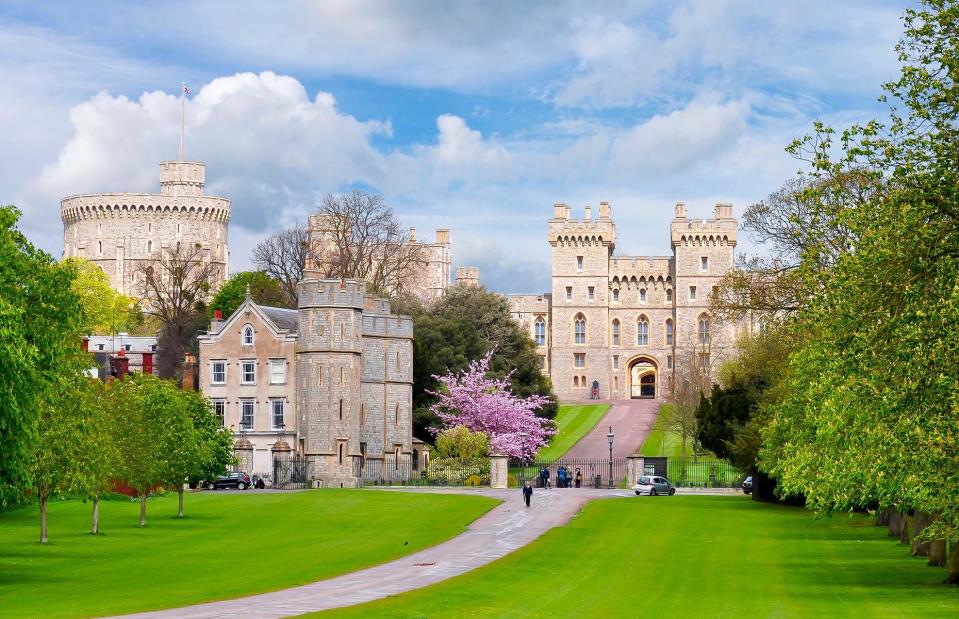
Mistervlad/Shutterstock
When visiting London, you'll find a trip to Buckingham Palace on most travellers' itineraries. It makes sense that this would also be the King's official residence as it's located right at the centre of the British capital.
Well, while the King does technically reside in Buckingham Palace (his official London residence), his real official residence and private home is 21 miles (34km) outside of London in Windsor Castle – the world's largest inhabited castle. King Charles III also spends a significant amount of time at Clarence House, another of his London residences.
Amsterdam is the cycling capital of the world
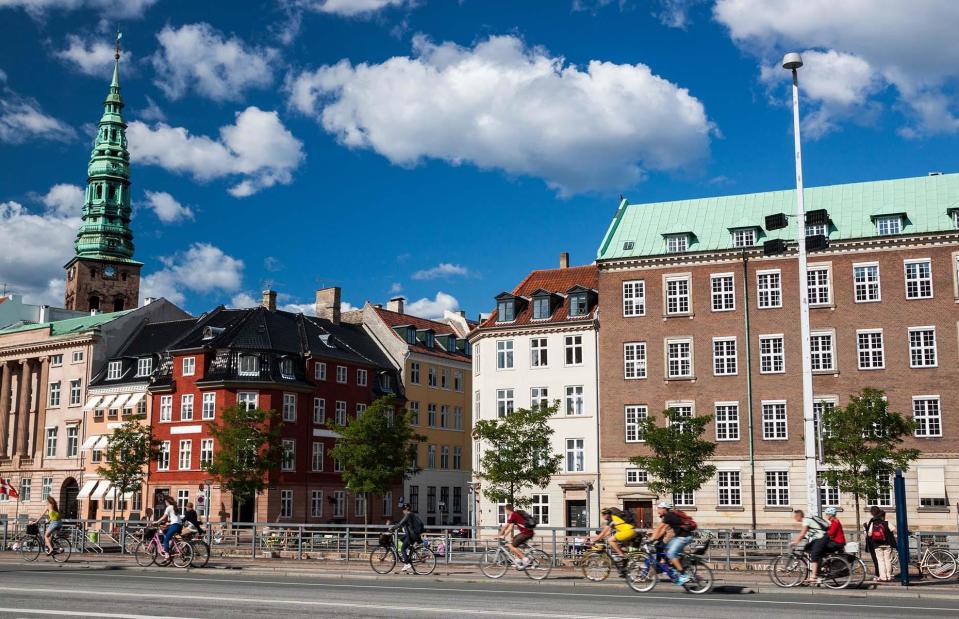
Bucchi Francesco/Shutterstock
The Dutch capital does feature on the list, but it's actually its neighbour, Utrecht, that's been declared the most bike-friendly city for the past couple of years. More than half of Utrecht's population (51%) uses a bicycle every day. The Netherlands' fourth largest city boasts 261 miles (420km) of cycling routes that run from the city centre to the countryside, while its bike-friendly infrastructure includes dedicated parking garages, ubiquitous bike racks and innovative traffic light systems.
There are 24 time zones
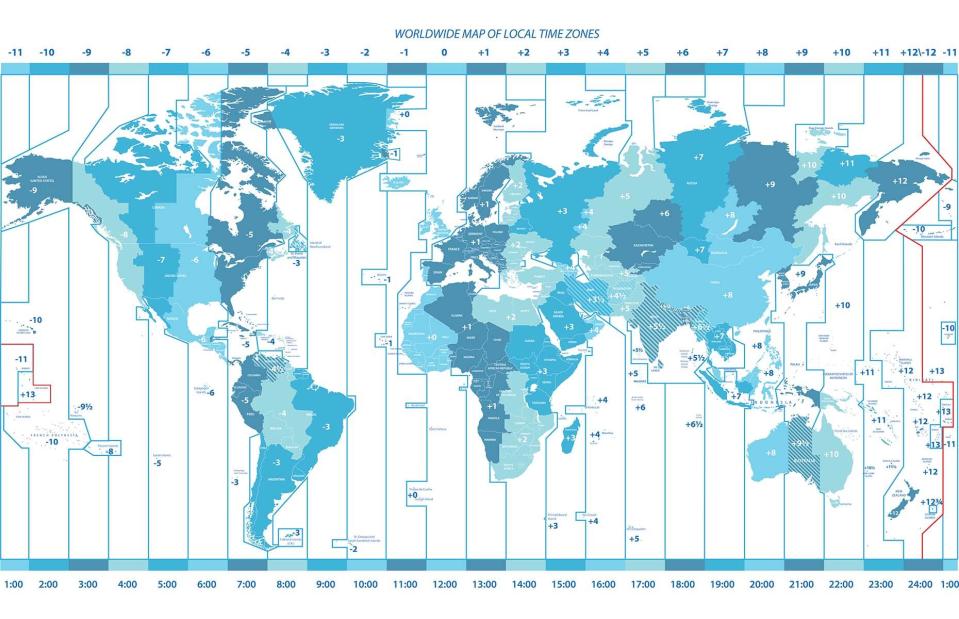
brichuas/Shutterstock
With 12 time zones stretching both east and west from Coordinated Universal Time (UTC), it makes sense that the world is divided into 24 time zones. Except it doesn't. There are some time zones that only have 30 or 45 minute offsets.
Then the International Date Line complicates things further as it doesn't run in an imaginary straight line and on top of that not all countries follow Daylight Saving Time, which creates further confusion. Currently, there are 38 defined time zones – 24 standard time zones plus 14 time offsets.
Maine is the easternmost state in the US…
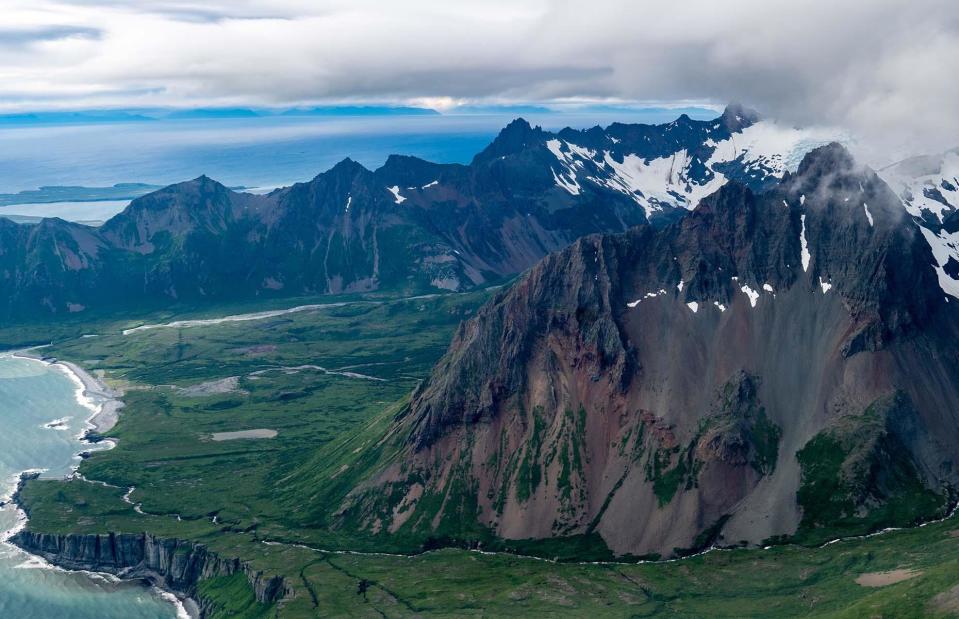
melissamn/Shutterstock
This one is a bit hard to get your head around. The westernmost point of the US is the outer Aleutian Islands, located right between Russia and Alaska. But what if we told you it's also the country's easternmost point?
This is only because the easternmost point on the uninhabited Semisopochnoi Island in Alaska sits less than 10 miles (16km) west of the 180-degree meridian that separates the two hemispheres. In simple terms, this point is so far west, it's actually already in the east. That means the easternmost and westernmost points of the US are only 65 miles (105km) apart.
…and Florida the southernmost
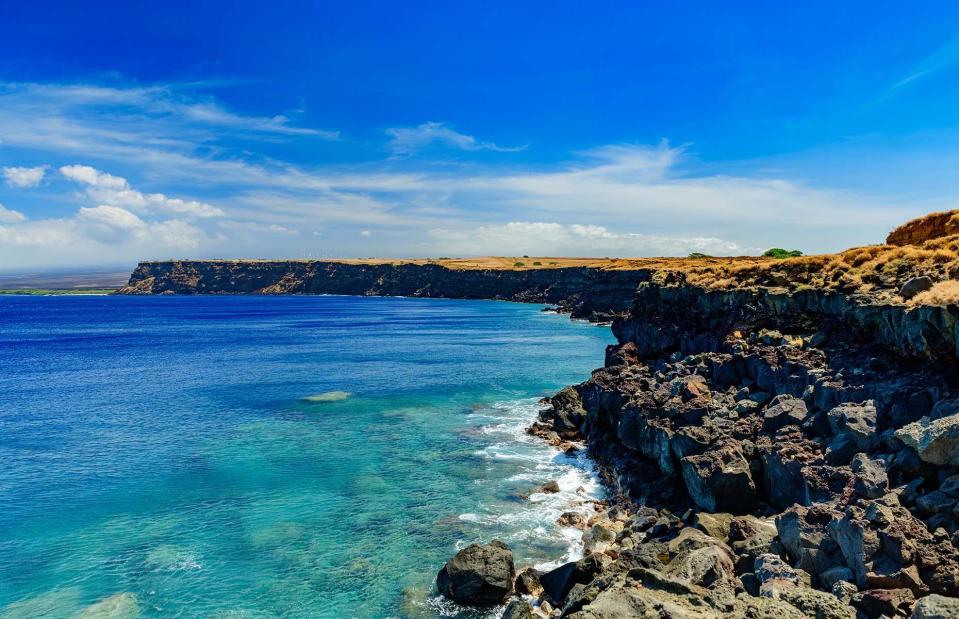
Jeff W. Jarrett/Shutterstock
If we're talking about the continental United States, it's Key West in Florida. But take all 50 states into account and it's actually in Hawaii.
Ka Lae, also known as the South Point, on the Big Island of Hawaii sits roughly on the same parallel as central Mexico. It's also believed to be the first place Polynesians reached when they came to Hawaii in as early as AD 750.
The Mississippi River is the longest in the US
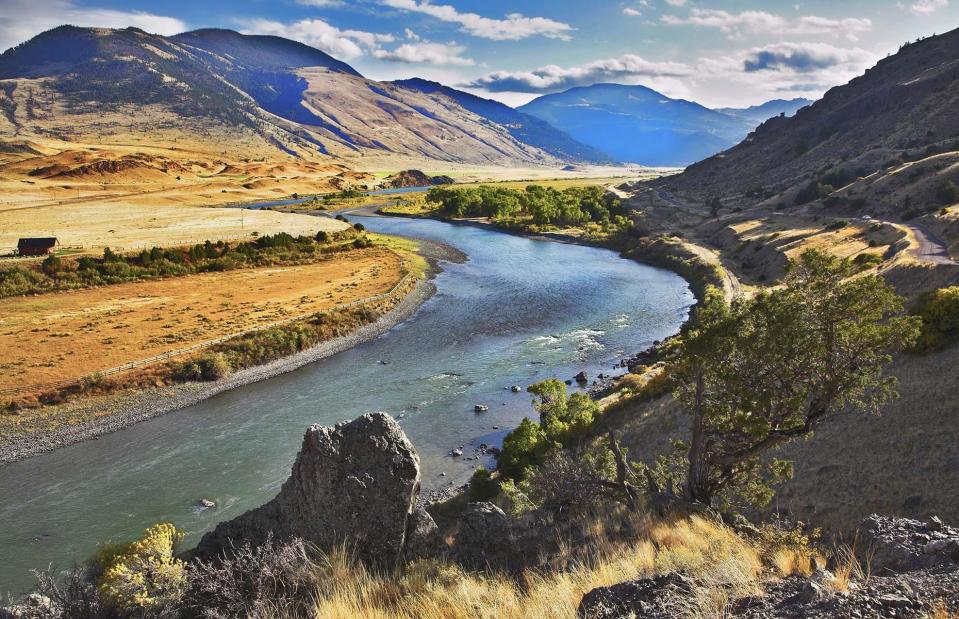
kavram/Shutterstock
Arguably North America's most famous river, it's quite understandable why the Mississippi might be mistaken for the longest as well. In reality, the title is held by the Missouri River that runs a course of 2,540 miles (4,088km) – 200 miles (322km) more than the Mississippi, according to the US Geological Survey.
The Missouri is formed by the confluence of three other rivers in the Rocky Mountains in southwestern Montana and flows all the way north of St Louis, where it joins the Mississippi River.
Norway is the northernmost country in the world
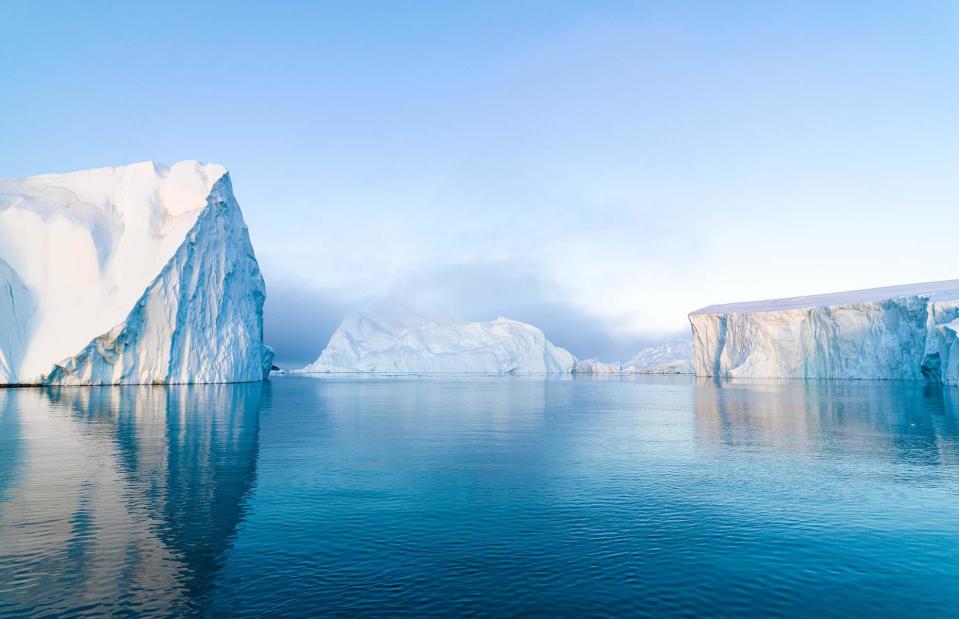
murattellioglu/Shutterstock
It's understandable why Norway might seem like the obvious candidate, but its remote archipelago of Svalbard is actually only fourth on the list after Russia, Canada and Greenland. Lying at the northern tip of Greenland, Kaffeklubben Island (which translates as the Coffee Club Island) is just 443 miles (713km) from the North Pole.
And as Greenland is still a part of Denmark, it technically makes this European country the northernmost in the world.
The Canary Islands are named after the birds
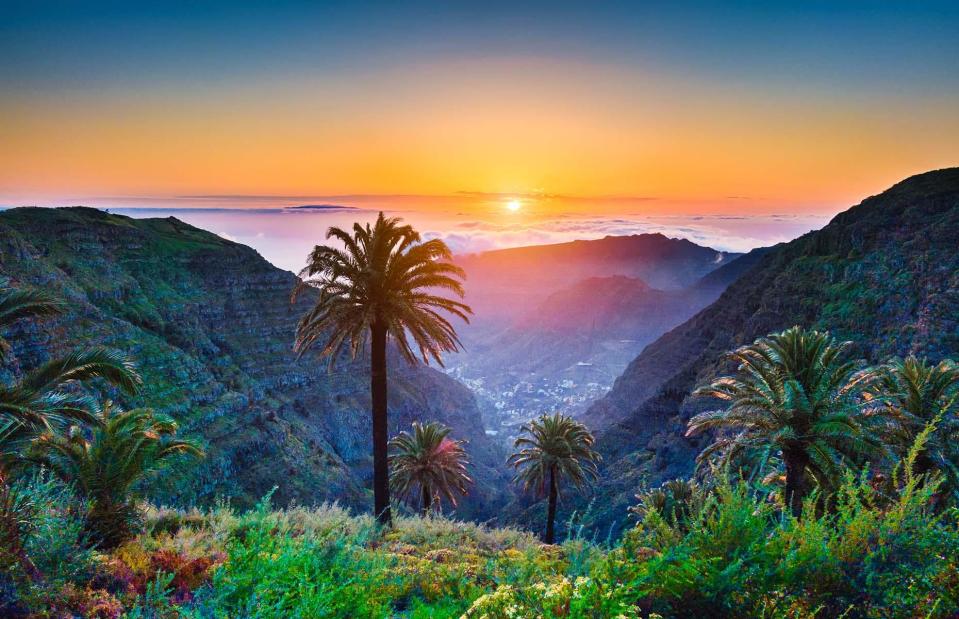
canadastock/Shutterstock
The small yellow songbirds are actually named after the islands, so where does the Canary Islands' name come from? The Latin term for the islands is Insula Canaria, meaning the Island of Dogs.
The story goes that Mauritanian king Juba II sent an expedition to the islands, who then reported finding "vast multitudes of dogs of very large size". Pliny the Elder recorded the discoveries in AD 77 and specifically referred to the big dogs.
Today, it's thought that the expedition party might have mistaken Lanzarote and Fuerteventura's big colonies of monk seals for dogs.
English isn't the most spoken language in the world

Maxx-Studio/Shutterstock
For a long time those who assumed English was the most popular language in the world were quickly corrected that actually it's Chinese (Mandarin). Well, not any more.
Research carried out in 2023 showed that in the last decade, English has overtaken Spanish and Chinese (Mandarin) to claim the top spot, with 1.5 billion native and second language speakers. It's a different story when it comes to just native speakers though – Chinese is top with 1.3 billion speakers (including around 900 million who speak Mandarin).
Only Russia and Turkey are on two continents
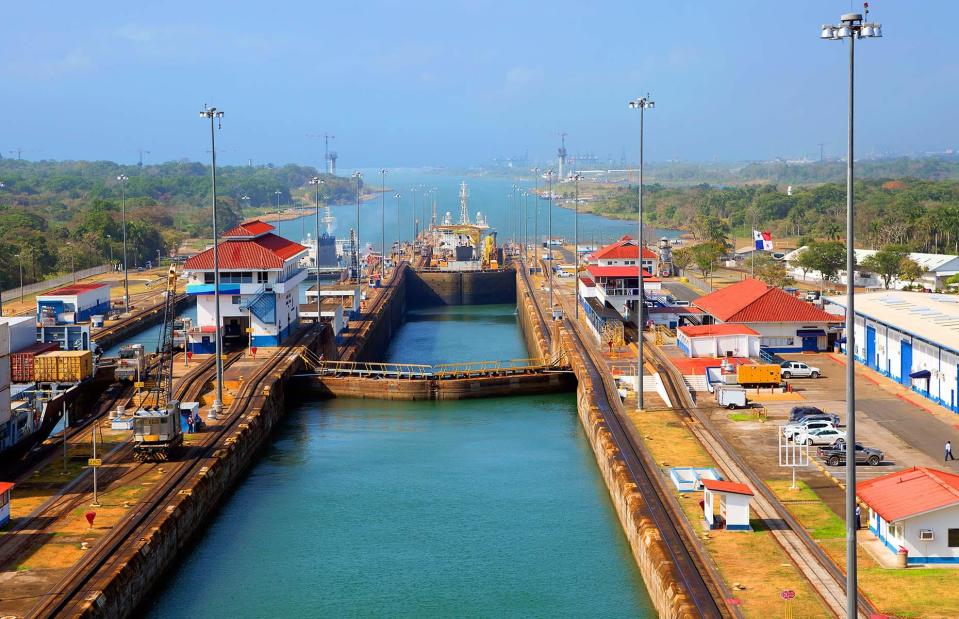
Galina Savina/Shutterstock
Both Russia and Turkey have significant parts of the country that lie in Europe and Asia, but turns out they're not the only two. The three Transcaucasian nations of Georgia, Azerbaijan and Armenia are situated right on the imaginary line between Europe and Asia.
Similarly, portions of Egypt and Panama are separated by the Suez and Panama Canals respectively. That means the eastern part of Egypt sits in the Middle East, which is in Asia; and the Panama Canal (pictured) is often regarded as the border between North and South America, splitting the country over two continents.
The Nile is the world's longest river
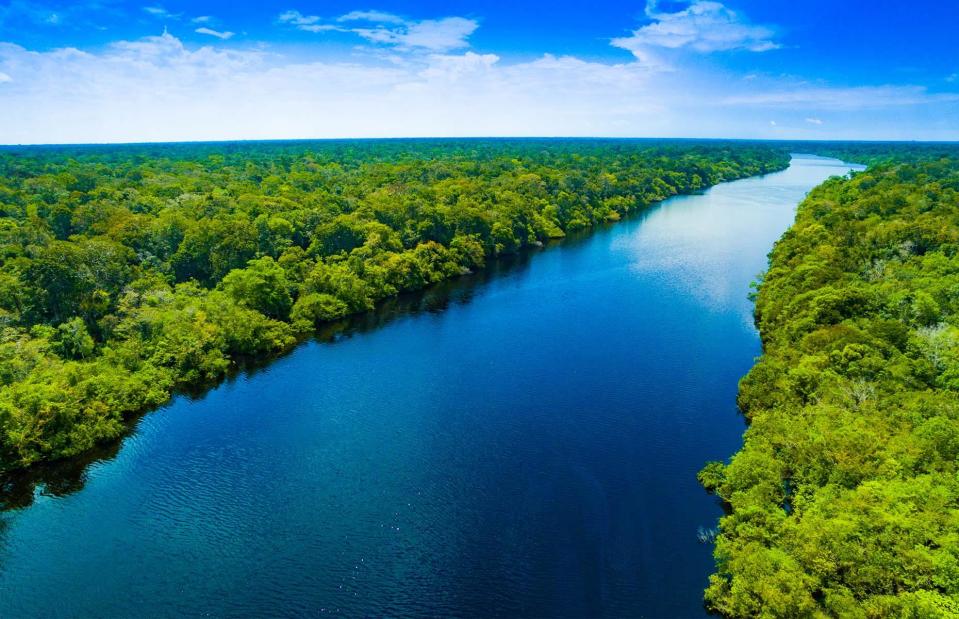
worldclassphoto/Shutterstock
Although not technically wrong, a heated debate surrounds the title of the world's longest river. Most of us probably learned in school that the river Nile is the world's longest.
However, an expedition in 2007 traced the Amazon river's source to mountains in southern Peru, thus extending its length to 4,345 miles (6,992km). Although, because of the Amazon's complex and variable streambed, affected by seasonal factors, an accurate measure is complicated to get and the total length remains open to interpretation.
Route 66 is the longest highway in the US
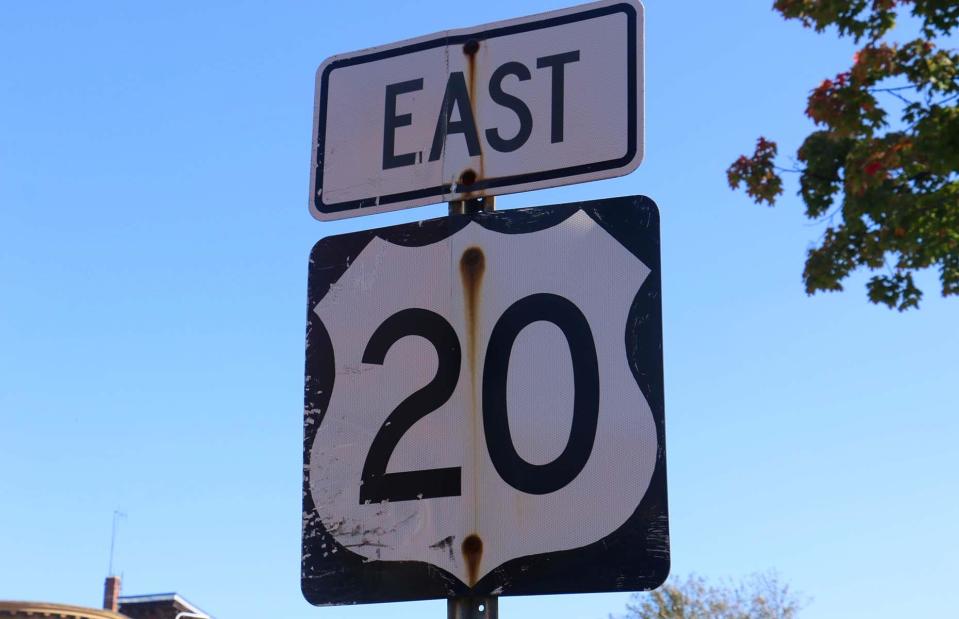
quiggyt4/Shutterstock
Undoubtedly Route 66 is America's most famous and storied highway, featured in many a film, but it's more than a thousand miles (1,609km) shorter than America's longest. That title goes to US 20 – an east-west highway that stretches the whole width of the country, from the Pacific Northwest to New England.
Covering 3,365 miles (5,415km), it crosses 12 states and runs parallel to the newer I-90 (Interstate 90).
Mont Blanc is Europe's highest mountain
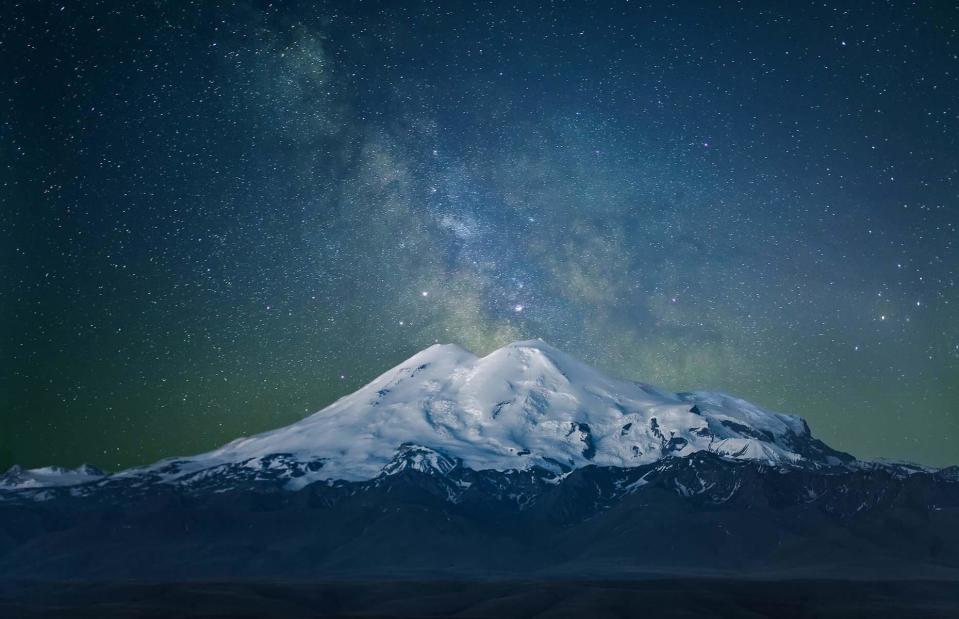
ARAKELYAN SUREN/Shutterstock
Sorry Mont Blanc, it's Mount Elbrus. Located in the western Caucasus mountain range, near the Georgian-Russian border, Mount Elbrus is technically an inactive volcano rather than a mountain.
Rising 18,510 feet (5,641m), it's part of the Caucasus Range that separates Europe and Asia, but most geographers place the towering mountain in Europe. It's also a certified member of the seven summits – the highest mountains on each continent.
England and the UK are the same place
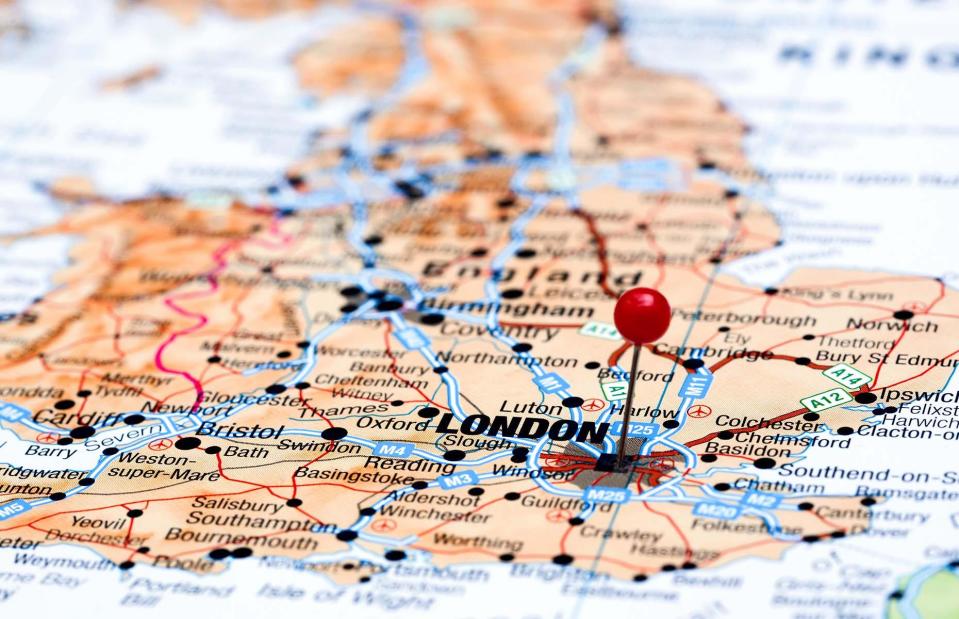
Dmitrijs Kaminskis/Shutterstock
If you're not from the UK, you might be using the terms England and the UK interchangeably, but actually England is just one of the four countries that make up the United Kingdom – there's also Wales, Scotland and Northern Ireland. What’s more, the term Great Britain only refers to the island that contains England, Scotland and Wales, hence the country's full name The United Kingdom of Great Britain and Northern Ireland.
Holland is a country
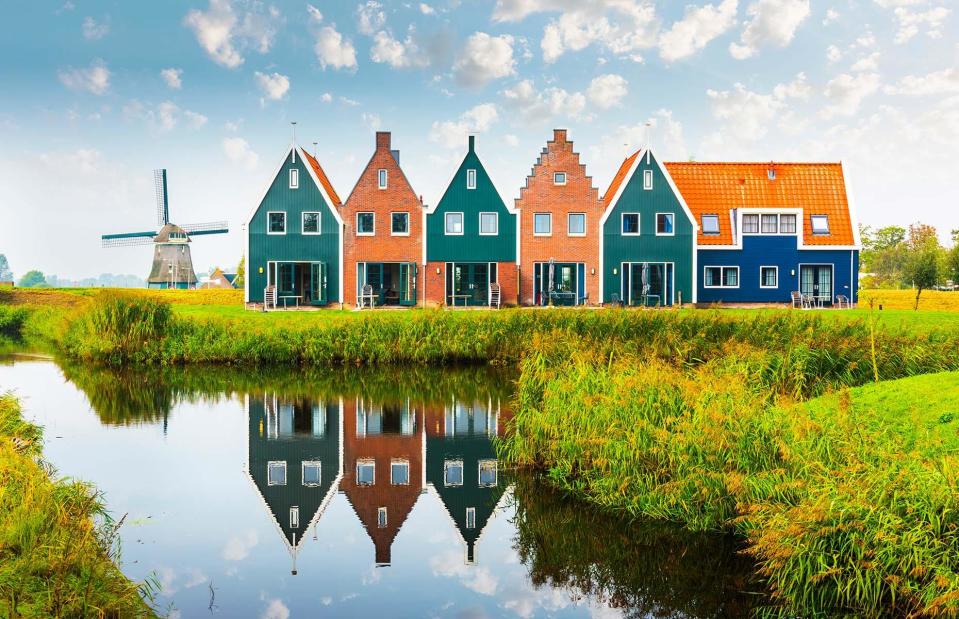
Resul Muslu/Shutterstock
A similar issue concerns the Netherlands. Holland is often used when people speak about the Netherlands, but due to complicated history it's not one and the same. In simple terms, the Netherlands consists of 12 different provinces.
Only two of the provinces, Noord- (North) and Zuid-Holland (South), form Holland. Other countries started calling the country Holland as this area made the biggest contribution to the entire nation's wealth in the 19th century and was a major maritime power before that.
Walt Disney built a secret suite within Cinderella Castle

Courtesy of Disney Parks
A popular story says that Walt Disney ensured a secret suite was built for his family within the Cinderella Castle at Disney's Magic Kingdom. It's true that there is a Cinderella Castle Suite inside, however, Walt Disney had nothing to do with it as he died around four years before construction started.
In reality, the suite was created specifically for Disney's Year of a Million Dreams celebrations in 2007. Today, only those who've won competitions or been invited to stay can spend the night within the castle walls.
Greenland is bigger than Africa
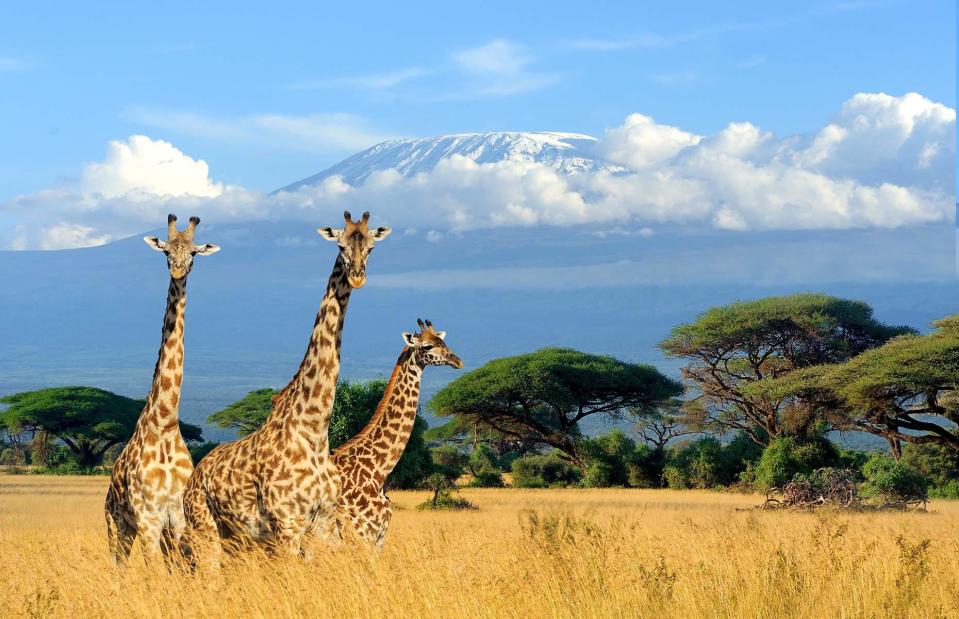
Volodymyr Burdiak/Shutterstock
Mercator projection, a type of map introduced in the 16th century, is the reason why our understanding of the world and the size of the continents and countries is extremely skewed. In reality, Greenland is not much bigger than the Arabian Peninsula, while Africa is large enough to hold the US, China, India, Japan, Mexico and most of Europe.


